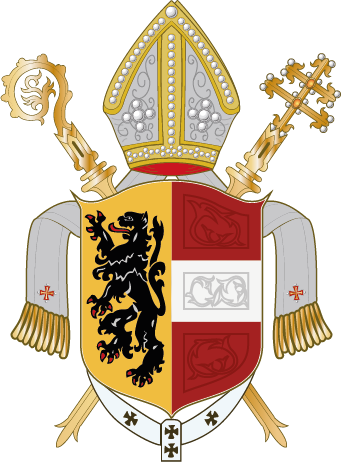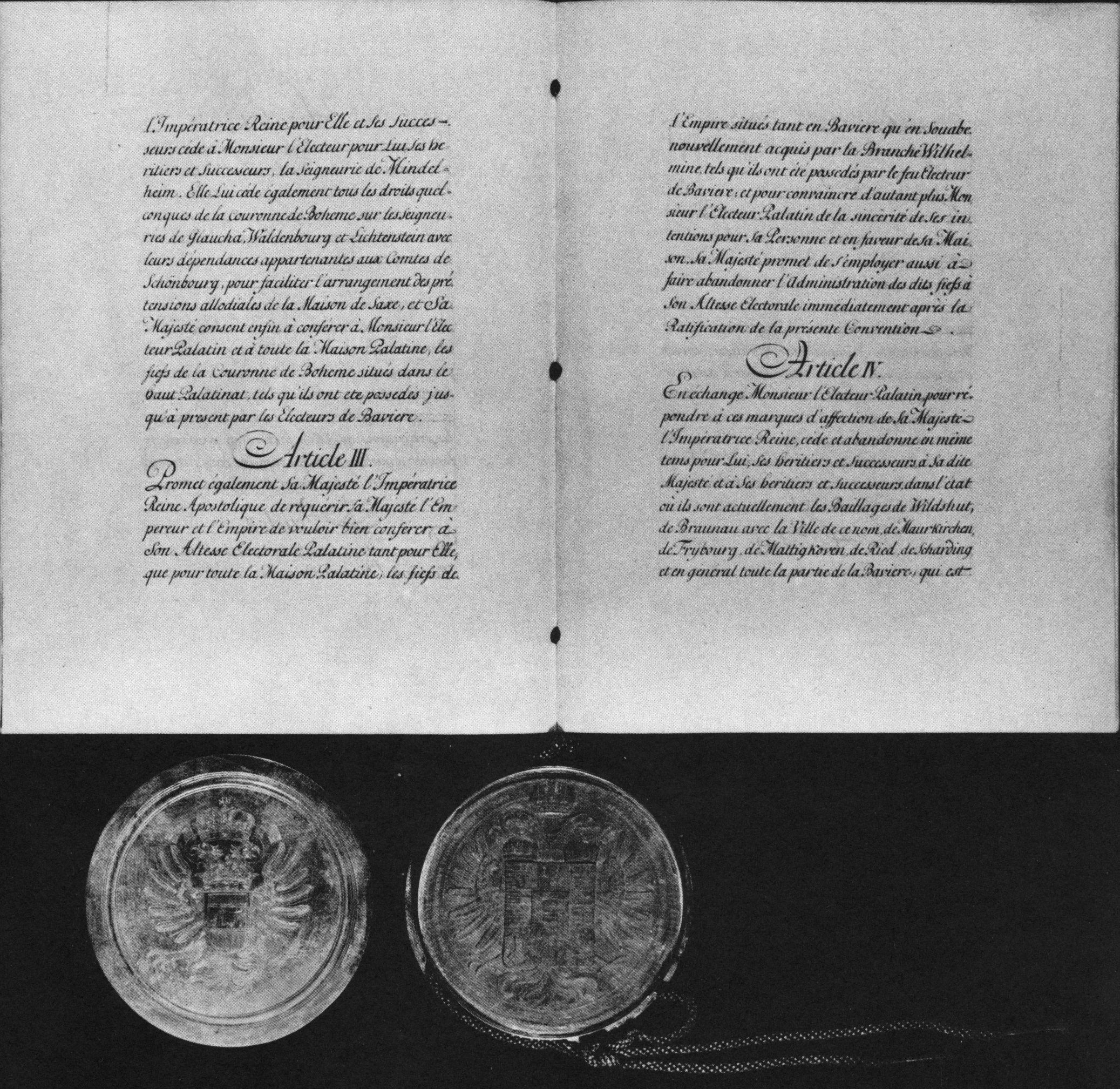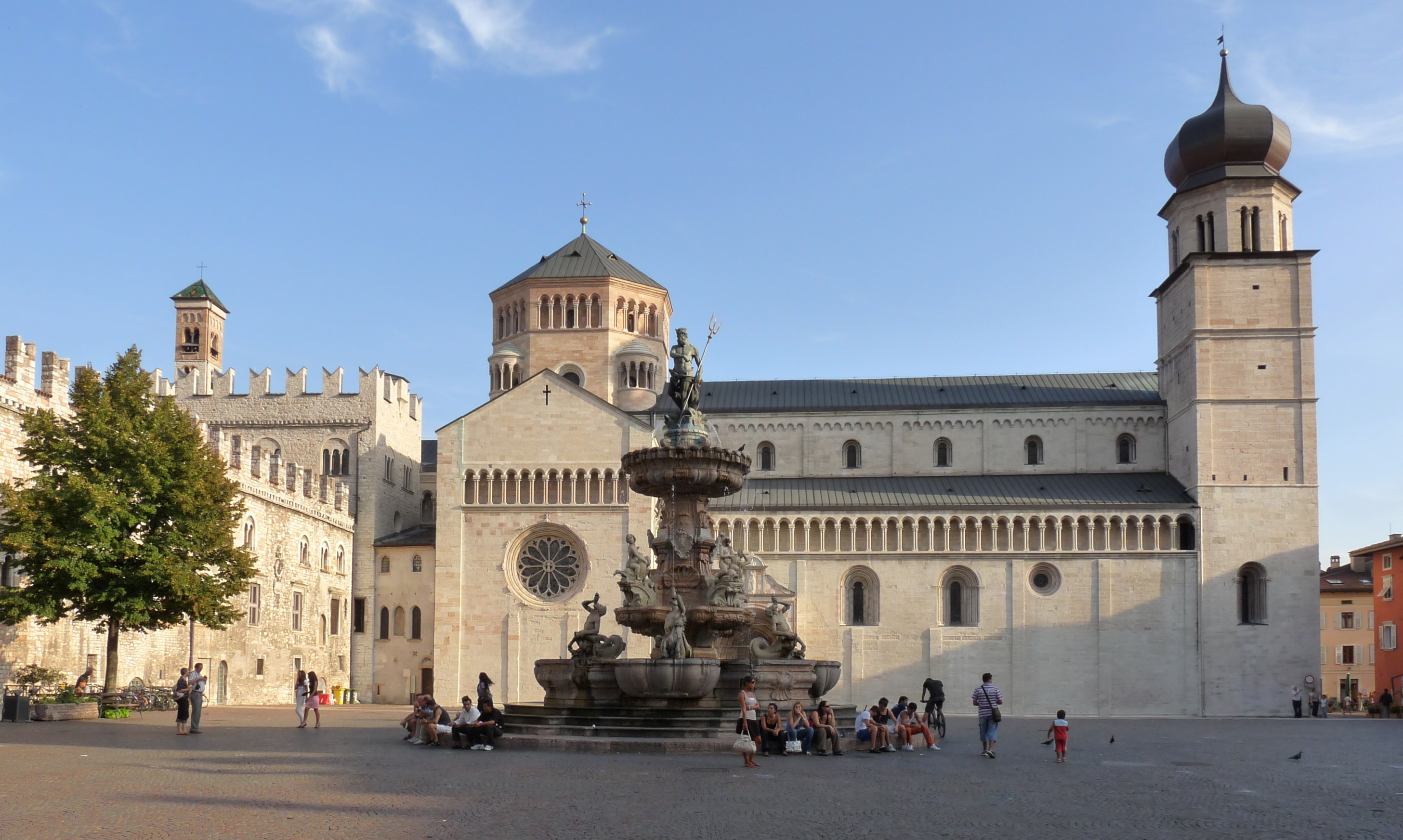|
Austrian Circle
The Austrian Circle (german: Österreichischer Reichskreis) was an Imperial Circle of the Holy Roman Empire. It was one of the four Imperial Circles created by decree after the 1512 Diet at Cologne, twelve years after the original six Circles were established in the course of the Imperial Reform. It roughly corresponds to present-day Austria (except for Salzburg and Burgenland), Slovenia, and the Trentino-Alto Adige/Südtirol and Venezia Giulia regions of Northern Italy, but also comprised the Further Austrian territories in the former Swabian stem duchy. Organisation The Austrian Circle was largely coterminous with the "Hereditary Lands" (''Erblande'') of the House of Habsburg, dominated by the Archduchy of Austria. Beside the Habsburg lands, it included the Prince-Bishoprics of Trent and Brixen, which, however, were largely ruled within the Habsburg lands of Tyrol. The Circle's territory was again enlarged with the acquisition of the Bavarian Innviertel according to the 1 ... [...More Info...] [...Related Items...] OR: [Wikipedia] [Google] [Baidu] |
Erblande
The ''Erblande'' ("Hereditary Lands") of the House of Habsburg formed the Alpine heartland of the Habsburg monarchy.Kann, ''Habsburg Empire'', 1–4. They were the hereditary possessions of the Habsburgs within the Holy Roman Empire from before 1526. The ''Erblande'' were not all unified under the head of the dynasty prior to the 17th century. They were divided into several groupings: the Archduchy of Austria, Inner Austria, the County of Tyrol, and Further Austria.Ingrao, ''Habsburg Monarchy'', 5–9. The ''Erblande'' did not include either the Lands of the Bohemian Crown or the Lands of the Hungarian Crown, since both monarchies were elective when the Habsburg Ferdinand I was elected to their thrones in 1526. Ferdinand divided the ''Erblande'' between his three heirs in 1564 and they were not reunited until 1665. The ''Erblande'' were gathered into the Austrian Circle in 1512. This ensured a direct connection between the junior lines of the Austrian Habsburgs and the Empire ... [...More Info...] [...Related Items...] OR: [Wikipedia] [Google] [Baidu] |
Northern Italy
Northern Italy ( it, Italia settentrionale, it, Nord Italia, label=none, it, Alta Italia, label=none or just it, Nord, label=none) is a geographical and cultural region in the northern part of Italy. It consists of eight administrative regions: Aosta Valley, Piedmont, Liguria, Lombardy, Emilia-Romagna, Veneto, Friuli-Venezia Giulia and Trentino-Alto Adige. As of 2014, its population was 27,801,460. Rhaeto-Romance and Gallo-Italic languages are spoken in the region, as opposed to the Italo-Dalmatian languages spoken in the rest of Italy. The Venetian language is sometimes considered to be part of the Italo-Dalmatian languages, but some major publications such as '' Ethnologue'' (to which UNESCO refers on its page about endangered languages) and '' Glottolog'' define it as Gallo-Italic. For statistic purposes, the Istituto Nazionale di Statistica (ISTAT) uses the terms Northwest Italy and Northeast Italy for two of Italy's five statistical regions in its reporting. Th ... [...More Info...] [...Related Items...] OR: [Wikipedia] [Google] [Baidu] |
Berchtesgaden Provostry
Berchtesgaden Provostry or the Prince-Provostry of Berchtesgaden (german: Fürstpropstei Berchtesgaden) was an immediate (') principality of the Holy Roman Empire, held by a canonry (a collegiate foundation of Canons Regular) led by a Prince-Provost. Geography The territory comprised the Alpine Berchtesgaden hollow, namely the modern communities of Berchtesgaden, Bischofswiesen, Marktschellenberg, Ramsau and Schönau am Königssee, located in the present-day German state of Bavaria, as well as a number of estates further afield. The location of the monastery was strategically important. Firstly, it is in an area possessing immensely valuable salt deposits, and was situated in such a way that it was able to act as a buffer state between its much larger neighbours, the Duchy of Bavaria and the Archbishopric of Salzburg, and to make this situation work to its advantage. Secondly, the Berchtesgaden valley is almost entirely enclosed by high mountains, except for a single point ... [...More Info...] [...Related Items...] OR: [Wikipedia] [Google] [Baidu] |
Electorate Of Salzburg
The Electorate of Salzburg (german: Kurfürstentum Salzburg or ), occasionally known as the Grand Duchy of Salzburg, was an electoral principality of the Holy Roman Empire from 1803–05, the short-lived successor state of the Prince-Archbishopric of Salzburg. History In 1800 the territory of the Prince-Archbishopric had been occupied by French forces during the War of the Second Coalition, whereby Archbishop Count Hieronymus von Colloredo fled to Vienna. Augmented by the Berchtesgaden Provostry and parts of the former prince-bishoprics of Eichstätt and Passau, his lands were reorganized as the Electorate of Salzburg, created for Ferdinand III of Habsburg-Lorraine, younger brother of Emperor Francis II. Ferdinand had held the Grand Duchy of Tuscany until 1801, when Emperor Francis had to cede the rule over Tuscany to France and Louis of Bourbon-Parma according to the Treaty of Lunéville. The Grand Duke, on good terms with Napoleon, reached his compensation with th ... [...More Info...] [...Related Items...] OR: [Wikipedia] [Google] [Baidu] |
Treaty Of Teschen
The Treaty of Teschen (german: Frieden von Teschen, i.e., "Peace of Teschen"; french: Traité de Teschen) was signed on 13 May 1779 in Teschen, then in Austrian Silesia, between the Austrian Habsburg monarchy and the Kingdom of Prussia, which officially ended the War of the Bavarian Succession.Brendan Simms, ''The Struggle for Mastery in Germany, 1779-1850'' (1998) Background When the childless Wittelsbach elector Maximilian III Joseph of Bavaria died in 1777, the Habsburg emperor Joseph II sought to acquire most of the Electorate of Bavaria and the Upper Palatinate, basing his claim on his marriage with the late elector's sister, Maria Josepha, who had died in 1767. Maximilian's direct heir was his distant cousin Count Palatine and Prince-Elector Charles Theodore (1724–1799), by prior succession agreements between the Bavarian and Palatinate branches of the Wittelsbach dynasty. Charles Theodore was amenable to an agreement with Emperor Joseph II that would allow him to ac ... [...More Info...] [...Related Items...] OR: [Wikipedia] [Google] [Baidu] |
Innviertel
The Innviertel (literally German for "Inn Quarter"; officially called the ''Innkreis''; ) is a traditional Austrian region southeast of the Inn river. It forms the western part of the state of Upper Austria and borders the German state of Bavaria. The Innviertel is one of the four traditional "quarters" of Upper Austria, the others being Hausruckviertel, Mühlviertel, and Traunviertel. The Innviertel is the northwestern quarter of Upper Austria and includes the districts Braunau am Inn, Ried im Innkreis and Schärding. Since the formation of the political districts in 1868, the quarters in Upper Austria no longer have a legal basis and are purely regional names. The older Habsburg districts (''Kreise''), which were still based on the old quarters, were superseded. Unlike the rest of Upper Austria, most of the area was part of Duchy and, later, Electorate of Bavaria until the 1779 Treaty of Teschen. It is a fertile, densely populated, flat to hilly landscape that is part of ... [...More Info...] [...Related Items...] OR: [Wikipedia] [Google] [Baidu] |
County Of Tyrol
The (Princely) County of Tyrol was an estate of the Holy Roman Empire established about 1140. After 1253, it was ruled by the House of Gorizia and from 1363 by the House of Habsburg. In 1804, the County of Tyrol, unified with the secularised prince-bishoprics of Trent and Brixen, became a crown land of the Austrian Empire. From 1867, it was a Cisleithanian crown land of Austria-Hungary. Today the territory of the historic crown land is divided between the Italian autonomous region of Trentino-Alto Adige/Südtirol and the Austrian state of Tyrol. The two parts are today associated again in the Tyrol–South Tyrol–Trentino Euroregion. History Establishment At least since German king Otto I had conquered the former Lombard kingdom of Italy in 961 and had himself crowned Holy Roman Emperor in Rome, the principal passes of the Eastern Alps had become an important transit area. The German monarchs regularly travelled across Brenner or Reschen Pass on their Ital ... [...More Info...] [...Related Items...] OR: [Wikipedia] [Google] [Baidu] |
Bishopric Of Brixen
The Prince-Bishopric of Brixen (german: Hochstift Brixen, Fürstbistum Brixen, Bistum Brixen) was an ecclesiastical principality of the Holy Roman Empire in the present-day northern Italian province of South Tyrol. It should not be confused with the larger Catholic diocese, over which the prince-bishops exercised only the ecclesiastical authority of an ordinary bishop. The bishopric in the Eisack/Isarco valley was established in the 6th century and gradually received more secular powers. It gained imperial immediacy in 1027 and remained an Imperial Estate until 1803, when it was secularised to Tyrol. The diocese, however, existed until 1964, and is now part of the Diocese of Bolzano-Brixen. History The Diocese of Brixen is the continuation of that of Säben Abbey near Klausen, which, according to legend, was founded about 350 as ''Sabiona'' by Saint Cassian of Imola. As early as the 3rd century, Christianity had penetrated Sabiona, at that time a Roman custom station of ... [...More Info...] [...Related Items...] OR: [Wikipedia] [Google] [Baidu] |
Prince-Bishopric Of Trent
The Prince-Bishopric of Trent ( la, Episcopatus ac Principatus Tridentinus; german: Hochstift Trient, Fürstbistum Trient, Bistum Trient) was an ecclesiastical principality roughly corresponding to the present-day Northern Italian autonomous province of Trentino. It was created in 1027 and existed until 1802, when it was secularised and absorbed into the County of Tyrol held by the House of Habsburg. Trent was a ''Hochstift'', an Imperial State under the authority of a prince-bishop at Trento. History Middle Ages A first Bishop of Trent is recorded as a participant of the synod at Aquileia in 381. The area was part of the Lombard Kingdom and the Kingdom of Italy, until the 951 campaign of German king Otto I against King Berengar II of Italy. In 952 Berengar had to cede the March of Verona to Otto, who enfeoffed his younger brother Duke Henry I of Bavaria. From 1004 Emperor Henry II the Saint and his successor Conrad II separated several smaller territories in the nort ... [...More Info...] [...Related Items...] OR: [Wikipedia] [Google] [Baidu] |
Archduchy Of Austria
The Archduchy of Austria (german: Erzherzogtum Österreich) was a major principality of the Holy Roman Empire and the nucleus of the Habsburg monarchy. With its capital at Vienna, the archduchy was centered at the Empire's southeastern periphery. Its present name originates from the Frankish term ''Oustrich'' - Eastern Kingdom (east of the Frankish kingdom). The Archduchy developed out of the Bavarian Margraviate of Austria, elevated to the Duchy of Austria according to the 1156 '' Privilegium Minus'' by Emperor Frederick Barbarossa. The House of Habsburg came to the Austrian throne in Vienna in 1282 and in 1453 Emperor Frederick III, also the ruler of Austria, officially adopted the archducal title. From the 15th century onwards, all Holy Roman Emperors but one were Austrian archdukes and with the acquisition of the Bohemian and Hungarian crown lands in 1526, the Habsburg hereditary lands became the centre of a major European power. The Archduchy's history as an imper ... [...More Info...] [...Related Items...] OR: [Wikipedia] [Google] [Baidu] |





